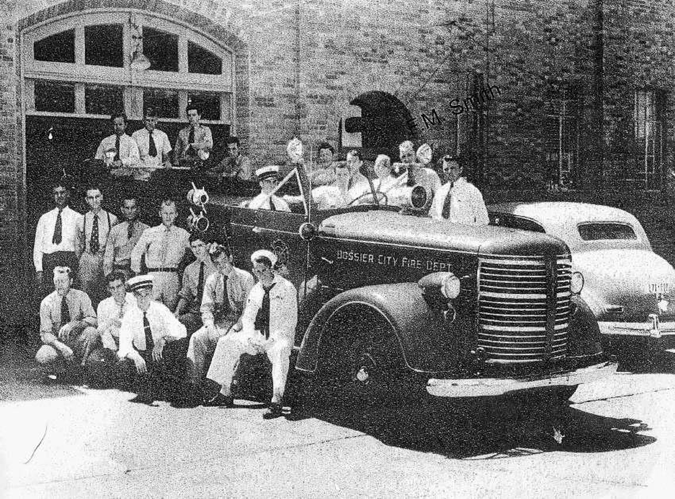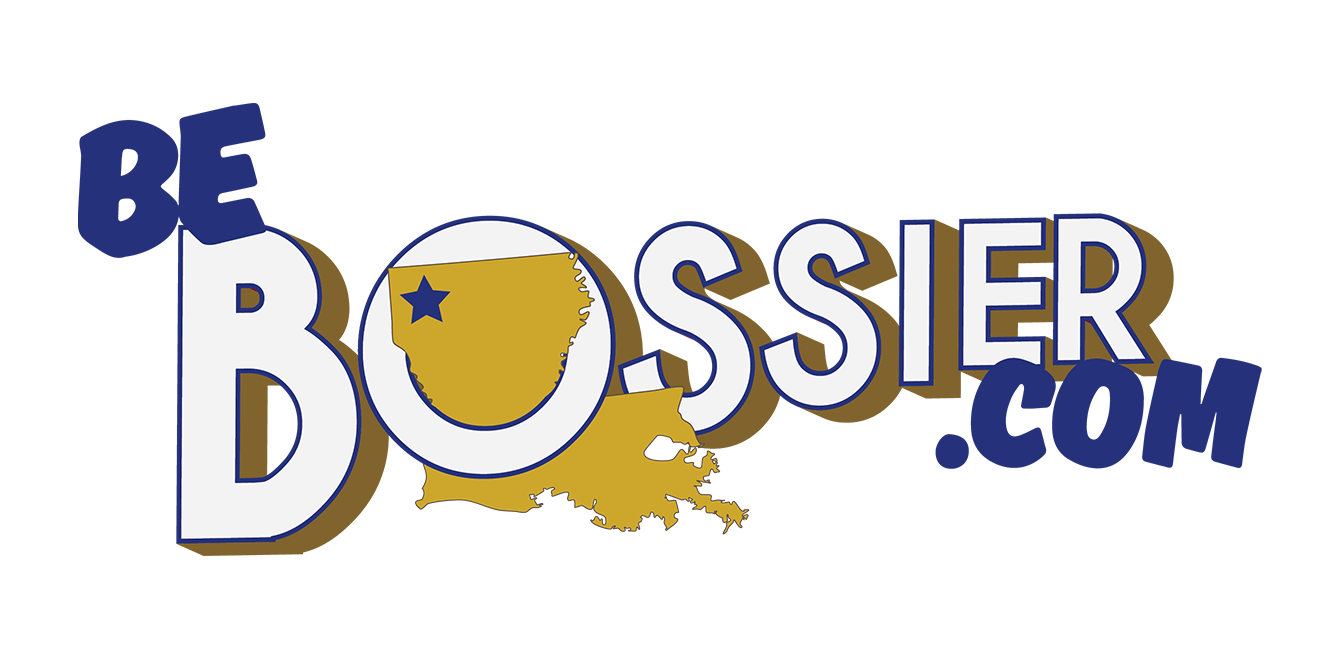Do you know the history of the East Bank District in Bossier?

The East Bank District in Bossier City may be a progressive space for gathering to have a night out with friends and family, but the former heart of the city has a rich, colorful history.
The area previously served as the center of Bossier Center until the city began to grow and thrive. As the civic offices moved out in the 1980s, the area became a shell of itself. Once known as Old Bossier, the area underwent a facelift in 2015 to create a downtown atmosphere for the community with gathering space and a walkable shopping/entertainment district.

 Marisa Richardson, Manager of the Bossier History Center, says it’s fitting that the downtown area around East Bank used to be a bustling commercial space and the changes in the East Bank are aligned with the area’s past.
Marisa Richardson, Manager of the Bossier History Center, says it’s fitting that the downtown area around East Bank used to be a bustling commercial space and the changes in the East Bank are aligned with the area’s past.
“Bossier City is quite literally building on its history and showing that these buildings and places still have value,” she said. “East Bank retains a wealth of history while still serving as a vital component to the current growth of Bossier City.”
To this end, Richardson noted that many of the brick buildings in East Bank were constructed after the devastating fire of 1925, which saw Bossier change very quickly towards modernization and progress.
That is why she believes preservation is key for the East Bank.

“Many of the buildings are historically significant and tell the story of Old Bossier. Several of the new businesses in East Bank have already found ways to showcase the stories of their buildings. In doing so, they are both adding to and honoring the rich history of Old Bossier,” she explained.
She continues, “East Bank is a part of Bossier City’s heritage and its historic spaces help Bossier City’s citizens feel that connection with the past.”


So let’s look at some fun facts that shine a light on the rich history of East Bank:
- In 1941 Bossier High School was built by architect Samuel Weiner, who had built several buildings for the City of Shreveport, including the Municipal Auditorium. The school was built in a style different from previous schools, garnering attention and being featured in several architecture publications.
- An old Confederate base called Fort Kirby Smith is located near Bossier High School was constructed in 1863-64 to protect the eastern side of Shreveport, which had temporarily served as the Confederate States of America’s capital towards the later years of the Civil War.
- The Historic Firehouse No. 6, currently home to Flying Heart Brewing and Pub, was the first professional fire department in Bossier City. It started with 17 firemen and was still utilized by the city into the last decade.
- Prior to being a firehouse, it was a livery and stable and then a lumber yard. The current Flying Heart building opened as a fire station in 1952, right next door to the City Hall station.
- Outside Flying Heart is a plaque dedicated to two firemen housed at the station and two city employees who all lost their lives in 1963 while responding to dangerous sewer fumes in the Shady Grove neighborhood. Two city water department employees who went underground to respond to the fumes were overcome and then the fireman who went to rescue him suffered the same fate. Another fireman passed away in the hospital
- The current Bossier Arts Council building was the sole municipal building in Bossier City for many years, being dedicated in 1927. At one point, it housed the volunteer fire station, police, jail, courthouse and administrative offices. A branch of the Bossier Parish Libraries was also housed in this building during the 1940s. As police, jury and courthouse grew, they expanded in the 50s into an annex where the back parking lot now sits.


- The city offices moved to its current complex off Benton Road in the mid 1980s. In 1987, the old municipal building was dedicated as the Bossier Arts Council and East Bank Theatre.
- The bay door that housed the city’s fire truck at the BAC is still visible on the east side facing Barksdale Boulevard.
- Bossier Bank and Trust stood in the footprint of the current East Bank Plaza in the 40s. When the bank closed in 1974, it served as more municipal offices until the current complex was built off Benton Road in the mid-80s.
- The floors in the jail cells are curved because intoxicated inmates couldn’t stand trial until they had sobered up, and cleaning vomit off a curved floor is a lot easier than a flat one.
- Some famous inmates housed in the cells include country music stars like Willie Nelson, Hank Williams, and Faron Young.
- Prior to being named Bossier City at the turn of the 20th Century, Bossier City was referred to as East Shreveport and then Cane’s Landing or Cane City.
- Before being renamed for Barksdale Air Force Base, Barksdale Boulevard was named Cain Street.
- It was in the early 1900s that downtown Bossier began to develop, which comprised only the easternmost three blocks of the East Bank District.
- The first three blocks of the city were destroyed by fire that began at a feed barn around 7:45 p.m. on June 23, 1925 on the north side of the city.
- Water to extinguish the fire in downtown Bossier City was brought over from Shreveport via the Traffic Street bridge, which was a toll bridge. A story has gone around that when a firetruck brought water over the bridge, a toll keeper shot at the truck and hit a booster tank.
- That fire was the impetus to begin modernizing Bossier City, which became a town in 1927.
Old photos courtesy of the Bossier Parish Library Historical Center
Discover more from Be Bossier
Subscribe to get the latest posts sent to your email.
